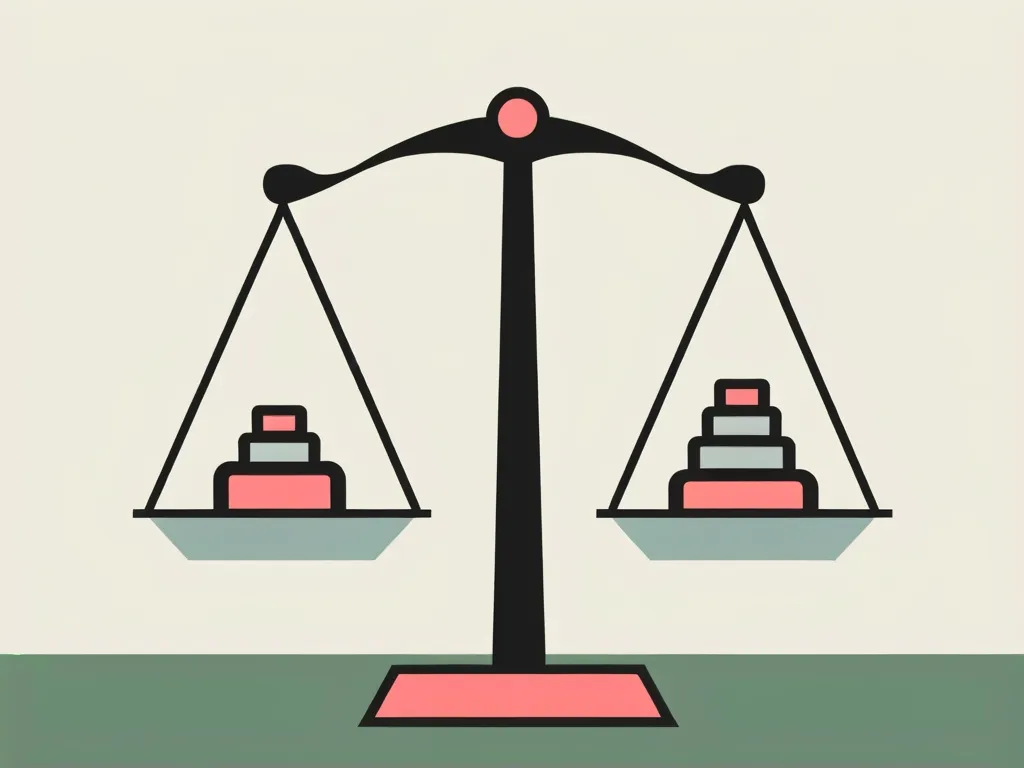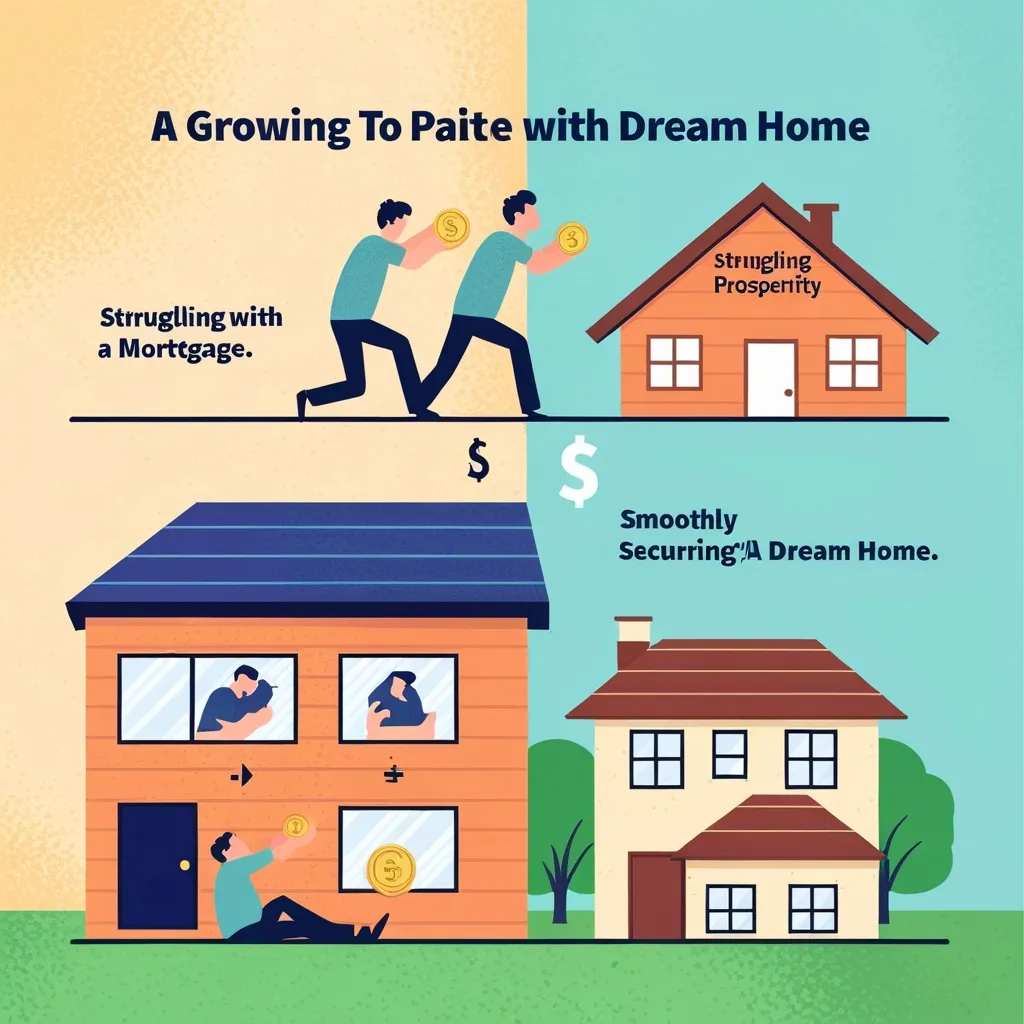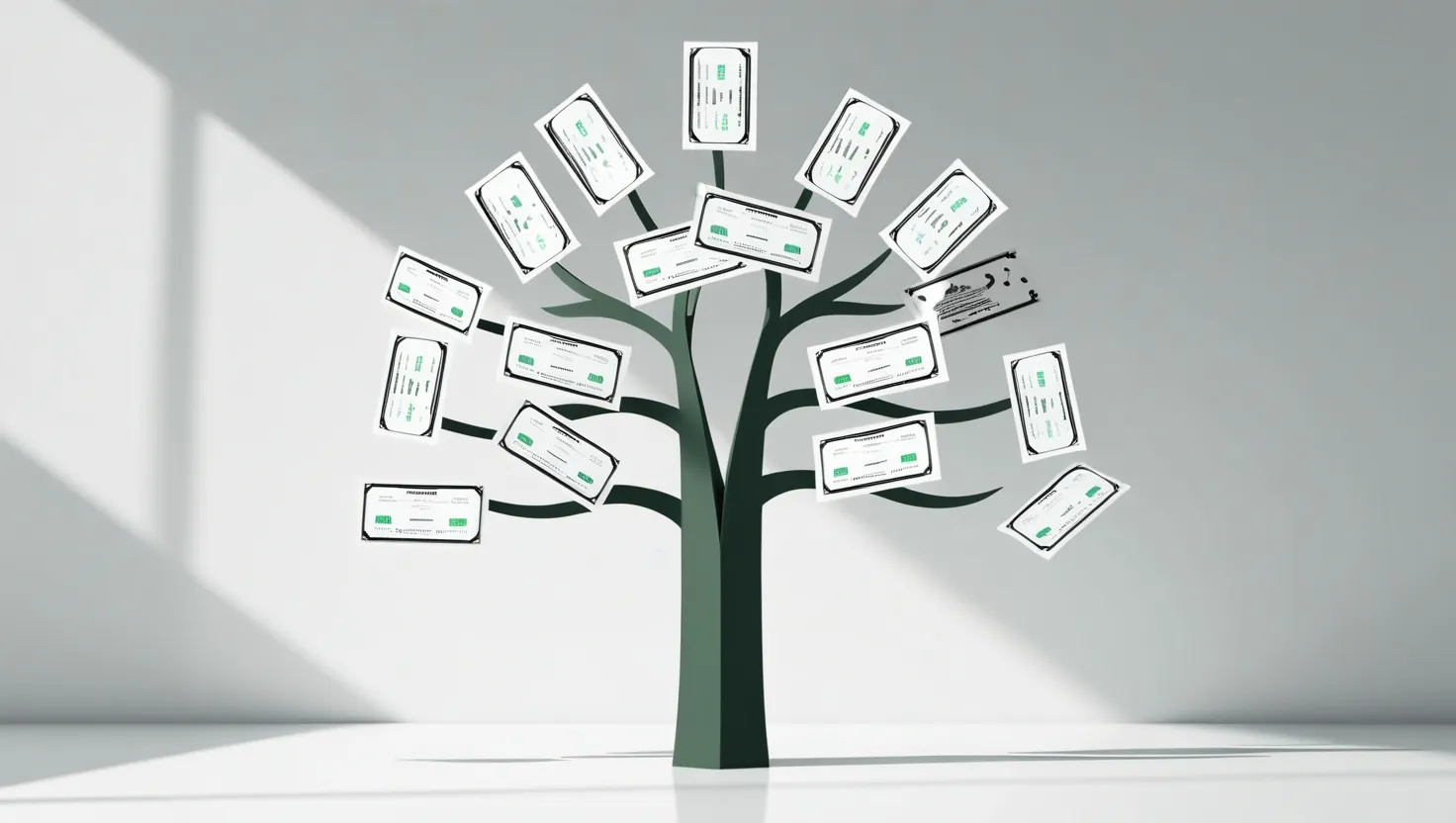When it comes to paying off debt, there are several strategies that people swear by, but one of the most popular and debated methods is the debt snowball. This approach, popularized by financial experts, involves paying off your smallest debts first and then moving on to the larger ones. While it can be motivating and easy to follow, it’s important to understand whether this method is truly the best for you, or if it might be hurting your financial health in the long run.
The Psychological Boost
One of the main reasons people love the debt snowball method is the psychological boost it provides. Paying off smaller debts first gives you quick wins, which can be incredibly motivating. Imagine having a list of debts and being able to cross off the first one in just a few months. It’s a feeling of accomplishment that can keep you going, even when the journey ahead seems long.
For example, let’s say you have a credit card with a $500 balance, a personal loan of $2,000, and a car loan of $10,000. Paying off that credit card balance first can give you a sense of victory and make the task of tackling the larger debts less daunting. However, it’s crucial to consider whether this immediate gratification is worth the potential long-term costs.
The Interest Rate Conundrum
The debt snowball method ignores interest rates, which can be a significant drawback. By focusing solely on the balance of each debt, you might end up paying more in interest overall. Here’s why: if you have a credit card with a $500 balance and an interest rate of 18%, and a personal loan with a $2,000 balance and an interest rate of 6%, the debt snowball method would have you pay off the credit card first.
However, from a financial perspective, it makes more sense to tackle the credit card debt last because it has the highest interest rate. By not addressing the high-interest debt first, you’re essentially allowing it to grow, which could cost you more money in the long run.
The Avalanche Alternative
The debt avalanche method is often presented as the more financially savvy alternative. This approach involves paying off your debts in order of their interest rates, from highest to lowest. While it may not offer the same quick psychological wins as the debt snowball, it can save you a significant amount of money in interest.
For instance, if you have the same debts as before – a credit card with an 18% interest rate, a personal loan with a 6% interest rate, and a car loan with a 4% interest rate – the avalanche method would have you pay off the credit card first. This approach ensures that you’re tackling the most expensive debt first, which can lead to substantial savings over time.
Real-Life Example
Let’s consider a real-life scenario to illustrate the difference. Suppose you have the following debts:
- Credit card: $500 balance, 18% interest rate
- Personal loan: $2,000 balance, 6% interest rate
- Car loan: $10,000 balance, 4% interest rate
Using the debt snowball method, you would pay off the credit card first, then the personal loan, and finally the car loan. However, if you use the debt avalanche method, you would pay off the credit card first (due to its high interest rate), followed by the personal loan, and then the car loan.
In this scenario, the debt avalanche method could save you hundreds of dollars in interest over the course of a year, simply because you’re addressing the highest-interest debt first.
The Motivation vs. Savings Dilemma
The choice between the debt snowball and debt avalanche methods often comes down to a personal decision: do you need the psychological boost of quick wins, or are you more focused on saving money in the long run? For some people, the motivation provided by the debt snowball is essential for staying on track. Seeing those smaller debts disappear can be a powerful motivator, even if it means paying a bit more in interest.
However, if you’re someone who can stay motivated without needing those immediate victories, the debt avalanche method is likely the better choice. It requires discipline and patience, but the financial rewards can be significant.
Additional Strategies to Consider
While the debt snowball and avalanche methods are two of the most popular strategies, there are other approaches you might find helpful. For example, consolidating your debts into a single loan with a lower interest rate can simplify your payments and potentially save you money on interest.
Another strategy is to use a HELOC (Home Equity Line of Credit) if you have equity in your home. If the interest rate on the HELOC is lower than what you’re paying on your other debts, it could be a viable option to consolidate and pay off your debts more efficiently.
Personalizing Your Approach
Ultimately, the best debt repayment strategy is one that you can stick to and that aligns with your financial goals. It might be helpful to combine elements of both the debt snowball and avalanche methods. For instance, you could pay off your smallest debt first to get that initial psychological boost, and then switch to the avalanche method to tackle your higher-interest debts.
The key is to find a balance between motivation and financial efficiency. If you’re someone who needs those quick wins to stay motivated, starting with the debt snowball and then transitioning to the avalanche method could be a hybrid approach that works for you.
Conclusion
The debt snowball method can be a powerful tool for paying off debt, especially for those who need the motivation of quick victories. However, it’s important to understand its potential drawbacks, particularly when it comes to interest rates. By considering your personal financial situation and goals, you can decide whether the debt snowball or another method is the best fit for you.
Remember, paying off debt is a journey, and what works for one person may not work for another. The most important thing is to find a strategy that you can commit to and that helps you achieve your financial goals without breaking the bank. So, take a step back, assess your debts, and choose the method that will help you become debt-free in the most efficient and motivating way possible.






